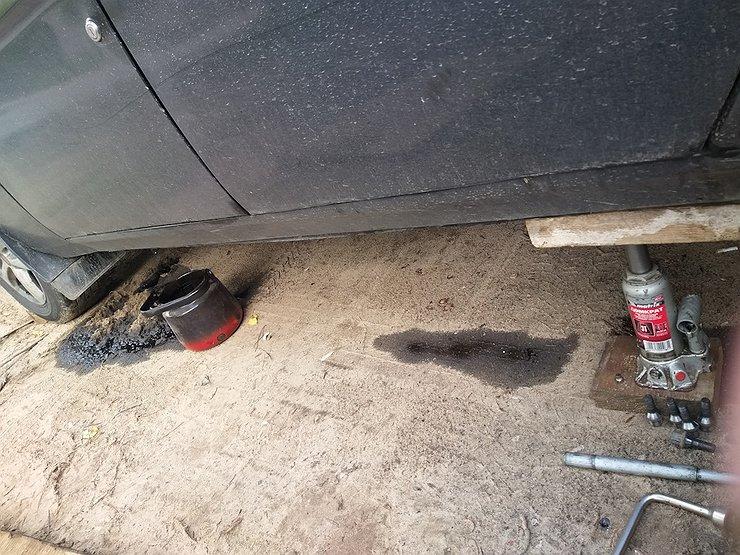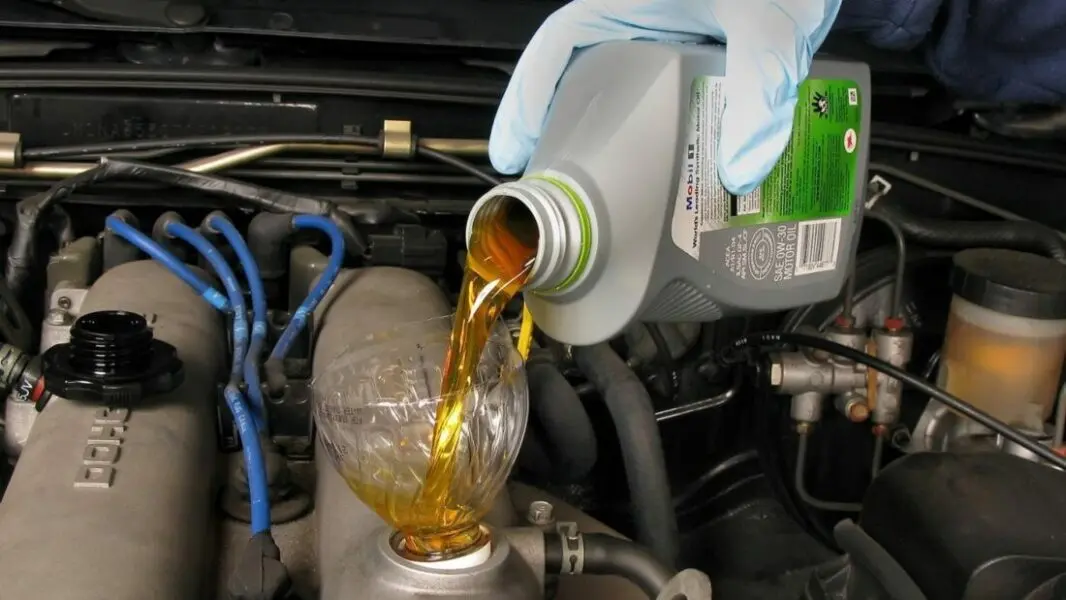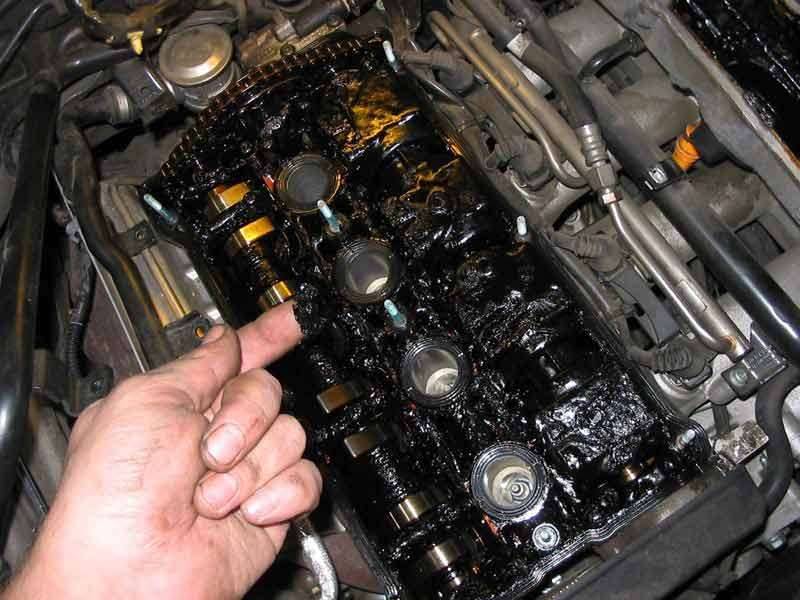
Is an engine flush necessary when changing the oil and how to flush the engine?
Content
Every car enthusiast who is at least a little familiar with the device of the car knows: the vehicle needs periodic maintenance. And the very first thing that comes to mind is the replacement of technical fluids and filters.
In the course of long-term operation of the internal combustion engine, engine oil develops its resource, its properties are lost, therefore the very first technical fluid that must be replaced is the engine lubricant. We have already discussed in detail about the importance of the procedure and regulations in a separate review.
Now let's dwell on a common question asked by many car owners: is it necessary to use flushing oils, and if so, how often?
What is engine flush?
Any power unit in the process of operation is subject to various kinds of loads, including mechanical ones. This causes moving parts to wear out. Even if the motor is sufficiently lubricated, sometimes wear appears on some parts. When it is warmed up, the oil in it becomes liquid, and in addition to the function of heat dissipation and creating an oil film, the liquid also flushes microscopic shavings into the Katrera sump.
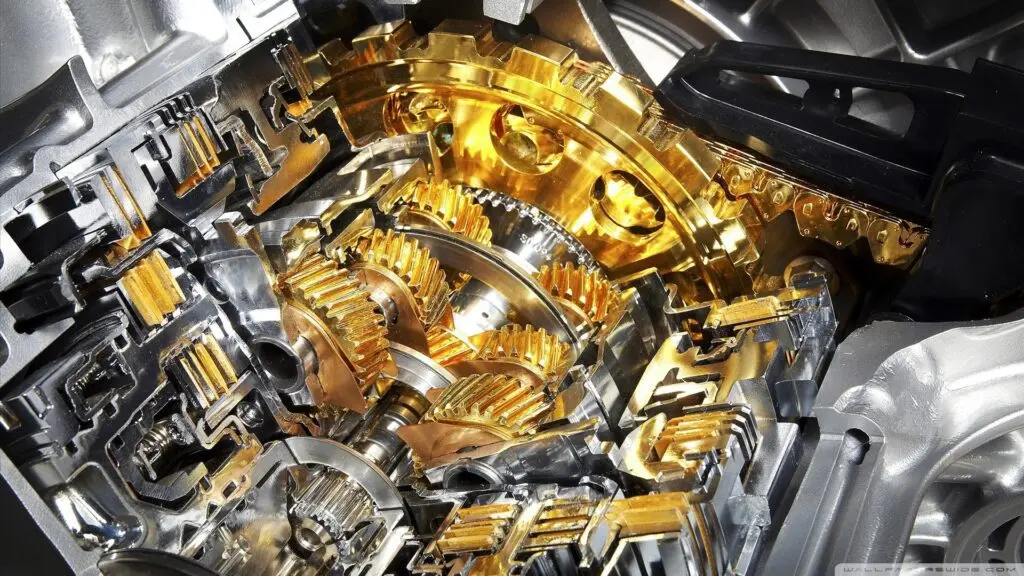
The question of the need to flush the engine can arise for various reasons. One of the most common is associated with the purchase of vehicles on the secondary market. A motorist who respects himself and his technique will conscientiously look after his iron horse. Only one cannot be sure that everyone who acts as a seller of a used car belongs to this category of drivers.
Often there are car owners who are sure that it is enough to just add a fresh portion of oil to the engine, and it will work properly. There is no question of scheduled maintenance of such a car. Even if the car looks well-groomed, the lubricant in it can be used up long ago. By the way, if you ignore the replacement regulations, the engine oil becomes thick over time, which further exacerbates the situation.
To exclude premature damage to the power unit, the new owner can not only change the lubricant, but also flush the engine. This procedure means draining the old grease and using a special fluid to clean the engine from the remnants of the old oil (its clots and sediment at the bottom of the sump).
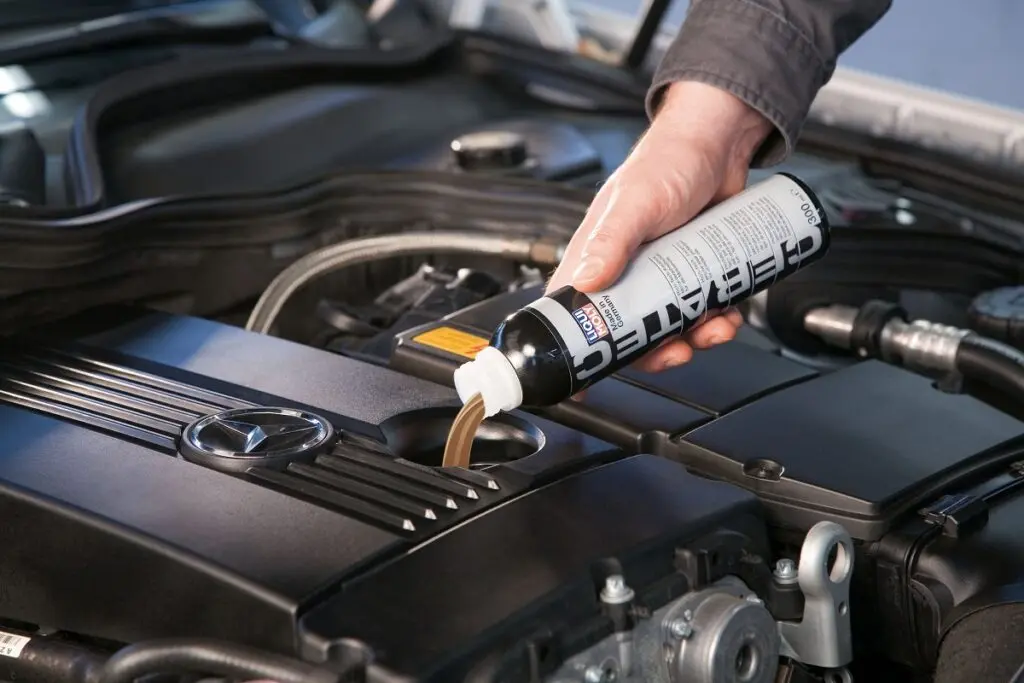
Another reason why it would be worth flushing the engine is to switch to another brand or type of oil. For example, in the area there is no way to find a lubricant of a specific manufacturer, and therefore you have to fill in an analogue (for how to choose a new engine oil for your car, read here).
How to flush?
In auto parts stores, it is easy to find not only the running positions of technical fluids, but also all kinds of auto chemical goods. The engine is flushed with a special tool.
Sometimes problems arise with the selection of a suitable fluid - the car owner is not sure whether the tool will harm the engine of his car or not. The fact is that the composition of a substance may include components, the presence of which is not always desirable in a particular case. In such a situation, the advice of a competent specialist will help.
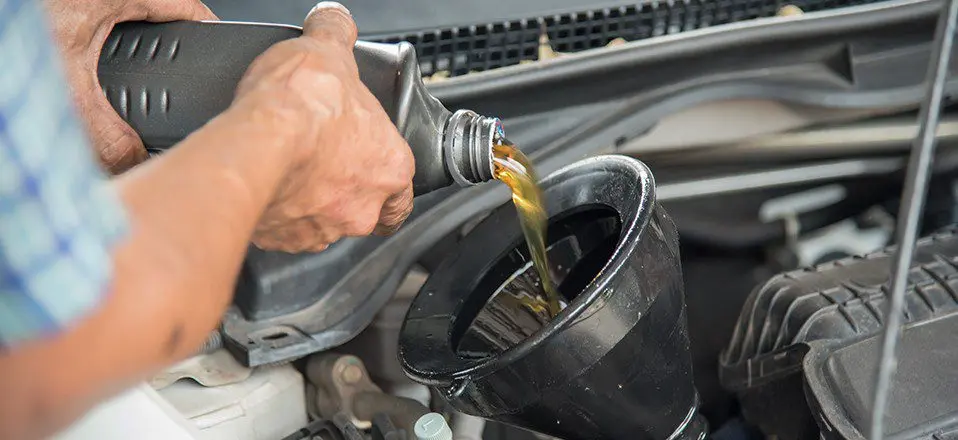
There are several ways to remove possible dirt accumulated in the motor. Let's consider them separately.
Standard fluids
The first method is flushing with a standard fluid. In terms of its composition, this is the same oil for a motor, only it contains various additives and components that react with old deposits, peel them off the surfaces of parts and safely remove them from the system.
The procedure is the same as for a standard oil change. The old grease is drained and the emptied system is filled with flushing oil. Further, in accordance with the manufacturer's recommendations, the use of the car is required as usual. Only the life of the engine on such a liquid is much shorter - most often not more than 3 thousand kilometers.
During this period, flushing will have time to qualitatively wash all the parts. Cleaning is completed by draining the rinsing. In this case, the oil filter must also be replaced with a new one. After the procedure, we fill the system with the selected lubricant, which we subsequently change in accordance with the manufacturer's recommendations.
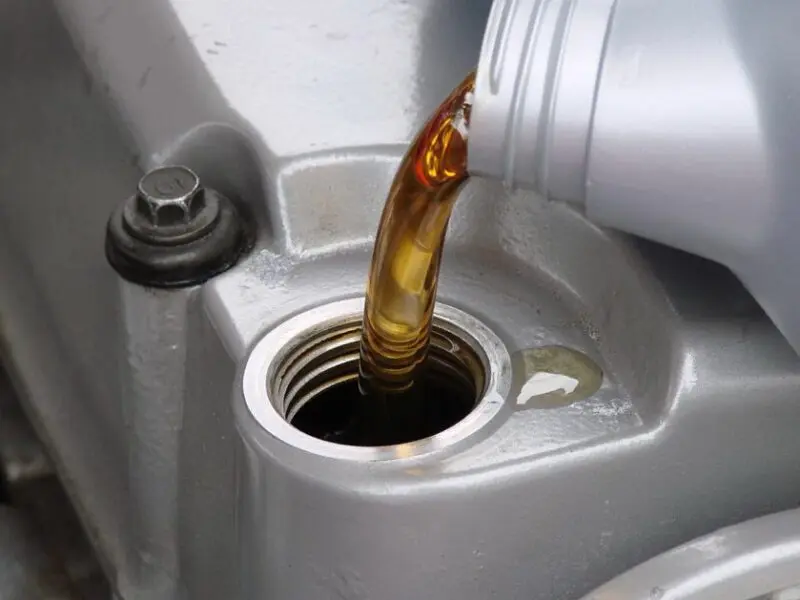
The disadvantage of this method is that flushing oils are slightly more expensive than usual, and in the process of cleaning the internal combustion engine in a short period of time, the driver will have to change the fluid twice. For some, this is a serious blow to the family budget.
In this case, they tend to look for budgetary ways to clean the motor.
Alternative methods
If in the case of classic flushing, everything depends on the cost of the oil and the choice of the brand, then there are many alternative methods, and some of them may even have unpleasant consequences for the motor.
Alternative methods include:
- Flushing for the engine. This substance has a similar composition as standard fluids, only the content of alkalis and additives for flushing in them is much higher. For this reason, it is not recommended to use them for a long period. To clean the motor, you will need to drain the system and fill it with this product. The engine starts. He is allowed to work for 15 minutes. Then the substance is drained, and new grease is poured in. The disadvantage of this type of product is that they are even more expensive than standard liquid, but they save time;
- Cleansing liquid that works for five minutes. Such a tool is poured before changing the lubricant. The old oil acquires flushing properties. The motor with the active substance starts up, at low speeds it must work for a maximum of 5 minutes. Then the old oil is drained off. The disadvantage of this and the previous methods is that a small amount of aggressive substances still remains in the system (for this reason, some manufacturers recommend replacing the new oil again after a short period of operation of the power unit). If you fill in new grease, it will perform the flushing function, and the driver will think that the engine of his car is clean. In fact, such agents negatively affect liners, seals, gaskets and other elements made of rubber. A motorist can use this method exclusively at his own peril and risk;

- Vacuum cleaning. Basically, some service stations use this method for a planned fluid change. A special device is connected to the oil drain neck, which works on the principle of a vacuum cleaner. It quickly sucks up the old oil along with the sediment. According to workers using this kind of cleaning, the system is cleaned of carbon deposits and deposits. Although this procedure will not harm the unit, it is not able to completely remove plaque;
- Mechanical cleaning. This method is only possible with a complete dismantling and disassembly of the motor. There are such complex deposits that cannot be removed in any other way. In this case, the work should be entrusted to a professional who has performed a similar procedure more than once. The engine is completely disassembled, all its parts are thoroughly washed. For this, a solvent, diesel fuel or gasoline can be used. True, such a "flushing" will cost much more than a standard flushing oil, because in addition to assembly, the motor also needs to be properly adjusted;

- Washing with diesel fuel. This method used to be popular among motorists due to its low cost. From the point of view of theory, this category of fuel effectively softens all kinds of deposits (in most cases, they remain on the parts). This method was used by owners of old cars, but owners of modern cars are better off staying away from it, since one of the side effects of such washing is oil starvation due to the fact that the softened deposit exfoliates over time and blocks an important channel.
How to choose a flushing fluid?
Most manufacturers of lubricants for auto units produce not only oils, but also liquids for washing internal combustion engines. Most often, they recommend using similar liquids from the same brand.
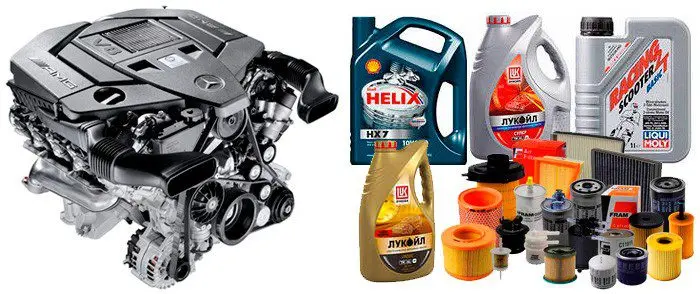
When choosing a fluid, you should pay attention to what kind of engines it is applicable to and with which it is not. The label will necessarily indicate whether the substance is suitable for a turbocharged internal combustion engine, for a gasoline or diesel unit.
It should also be remembered: the faster the agent acts, the more damage it can cause to the sealing elements, therefore it is better to be careful with such fluids. It is more practical to allocate funds for standard flushing, which is recommended by the manufacturer, than to change the rubber parts of the unit later.
In conclusion, watch a short video on flushing the motor:
Questions and answers:
How to properly flush the engine? For this, flushing oil is used. The old grease is drained, flushing is poured. The motor starts up for 5-20 minutes (see packaging). The flush is drained and new oil is added.
How to properly clean the engine from carbon deposits? Decarbonization is poured into the candle well (the candles are unscrewed), waiting for some time (see packaging). The spark plugs are screwed in, let the engine run at idle with periodic gas circulation.
How to flush the engine from oil carbon deposits? On foreign cars, it is recommended to use "five minutes" (organic solvents, poured into old oil before replacing) or decarbonization.
